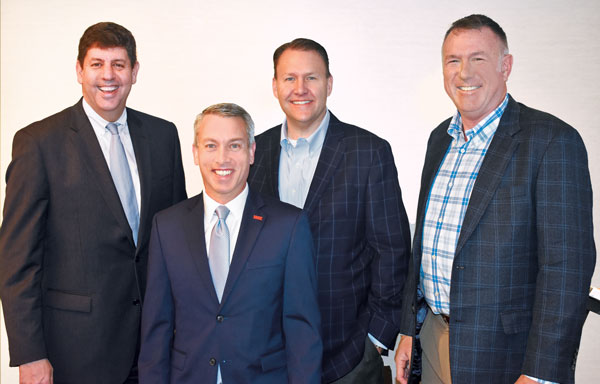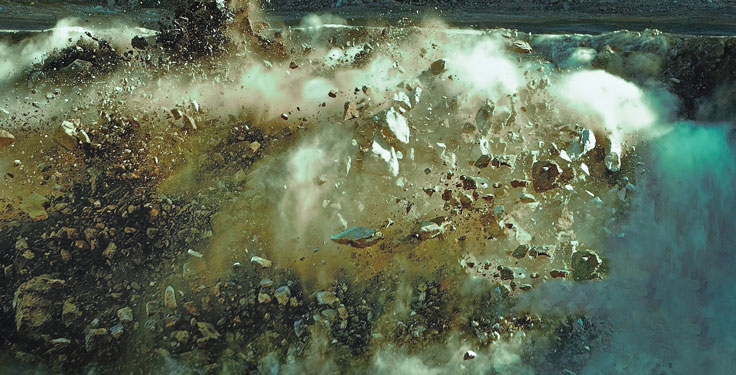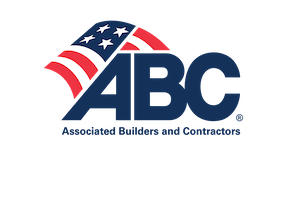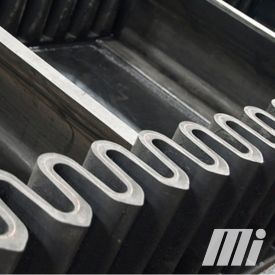
P&Q: Do you see like-minded trade associations being able to work with IME when messages cross over?
Mica: Absolutely. There are many opportunities to work with like-minded trade associations. That is one of the benefits of being in Washington, D.C.
In fact, I have already been in touch with my peers at the National Stone, Sand & Gravel Association (NSSGA), the National Mining Association and the American Petroleum Institute to identify ways in which we can do exactly that. Of course, we also work closely with our industry partner associations like the International Society of Explosives Engineers who share our goal of a safe and secure commercial explosives industry.
By leveraging all of these relationships, we are able to provide our members with additional value by working with organizations that share policy goals or whose members may be impacted by the same issues as we are.
For example, to help share our story we could work with our friends at the National Stone, Sand & Gravel Association and the National Mining Association to talk about the important contributions from each segment in the supply chain to make the products we use every day possible.
P&Q: In May, IME hosted a meeting in tandem with visits to lawmakers on Capitol Hill. What sorts of discussions did you have during your lobby meetings?
Mica: As part of our Spring Meeting, we had 49 members attend 46 meetings with members of Congress. Part of our goal was to educate members of Congress about the importance of the commercial explosives industry. At the conclusion of each meeting, we invited them to visit one of our facilities, including the many quarries in which our members operate. There’s no better way for members of Congress to get to know our industry than to get them to a site where they can see first-hand what we do.
One of our policy priorities is what is being referred to as the ATF federal regulatory modernization project. This is something IME has been trying to do for several years.
The ATF has been a fantastic partner, but it was difficult for them to make any significant changes without a director in place. Fortunately, Steve Dettelbach was confirmed [as ATF director last July] and we’ve been working with ATF since last fall to identify ways in which we can work to improve current federal regulations which have not been updated in nearly 40 years.
One thing we’re focused on is speeding up background checks – not lessening them but speeding them up. Right now, firearms have priority through the FBI’s NICS database, but some of our members face hiring challenges because their employees have to go through background checks that can take up to six months. This can be a problem when we are still facing a challenging labor market and trying to hire qualified people.
P&Q: What other policies is IME focused on these days?
Mica: Our other key policy issue is the Department of Homeland Security’s (DHS) CFATS (Chemical Facility Anti-Terrorism Standards) program. It was a program that stood up post-9/11. We fully support the program. However, when the program was implemented, they included explosive materials which were already regulated effectively by the ATF.
There’s a 2021 GAO (U.S. Government Accountability Office) study that shows 11 of the 18 elements of the CFATS program overlap with ATF’s regulations. The remaining seven elements are not considered significant physical security issues.
So, what we we’re asking of Congress is this: let us continue to work with ATF, our primary regulator. A lot of folks forget that it’s actually ATFE (with the “e” representing “explosives”). We’ve worked very well with ATF over the years, and we collaborate with them as much as we can and try to get regulations right.
With this DHS overlap, the additional regulatory cost means less cash flow to hire workers and less time our members are able to spend running their businesses. The publicly available data we’ve been able to gather shows that incidents of theft and loss of commercial explosives have not decreased since the CFATS program was implemented. In fact, most of the decrease occurred prior to CFATS.
Last year, according to the ATF, there were three or four incidents of losses of commercial explosives. That’s incredible if you go back 20-plus years when there were over 100 per year.
It’s our mission to ensure the safety and security of our products, but the CFATS program is duplicative. It was intended for chemical facilities that were not already regulated, and it simply shouldn’t apply to materials covered by the ATF. So, we’re trying to alleviate that burden.
P&Q: Any final thoughts?
Mica: We’re the first link in many of America’s supply chains. Commercial explosives manufacturers employ 10,000 workers and contribute $4 billion annually to the U.S. economy. I look forward to working with our members and partners like NSSGA, NMA and your readers to work together to tell our positive story and encouraging more folks in the industry to get involved in advocacy.
Collectively, if we can add all of our voices together on policy issues, that’s how you impact change. Whether it’s IME, NMA or NSSGA, it’s important to engage with members of Congress and the administration. Otherwise, there are probably four other groups in Washington that are advocating against you. As they say in the policy world, if you’re not at the table, you are on the menu.












